
Permissionless perpetual decentralized exchanges (perp DEXs) are fundamentally reshaping how traders and developers approach crypto markets. The latest leap comes from Hyperliquid, whose HIP-3 upgrade, activated on October 13,2025, now allows anyone to create markets on-chain by staking 500,000 HYPE. This marks a pivotal moment for decentralized trading innovation, opening the door to a wave of user-driven perpetual futures markets that bypass traditional gatekeepers and centralized approval processes.
HIP-3: The Mechanics of Permissionless Market Creation
At its core, HIP-3 transforms Hyperliquid into a permissionless platform where developers and trading communities can deploy their own perpetual contracts. By staking the required HYPE tokens, market creators gain the autonomy to list new assets, ranging from cryptocurrencies and synthetic stocks to commodities and even prediction markets, directly on-chain. This mechanism not only democratizes access but also accelerates the listing process, eliminating the bureaucratic friction found on both centralized exchanges and more restrictive DEXs.
For context, this model is a radical departure from legacy systems where listings are subject to opaque governance votes or the whims of exchange operators. Now, if you have an idea and the capital to stake, you can launch a market, potentially capturing new narratives and trading flows before larger players react. The result is an explosion of diversity in available perpetual contracts, as well as a more agile response to global financial trends.

Technological Edge: Performance and User Experience
Hyperliquid’s permissionless perp DEX is built on the custom Hyperliquid L1, leveraging the HyperBFT consensus engine for sub-second finality and high throughput. This technical stack powers a gas-free trading experience, an essential feature for high-frequency traders and institutions seeking to minimize latency and transaction costs. The on-chain order book model delivers deep liquidity and low slippage, setting a new benchmark for decentralized platforms and rivaling the performance of centralized exchanges.
For those interested in the technical details of how Hyperliquid achieves this level of efficiency, this in-depth analysis breaks down the architecture, from consensus to liquidity design. The result is a trading venue where speed, transparency, and security are not mutually exclusive, but core features.
Market Dynamics: The New Competitive Landscape
The permissionless model is already driving shifts in crypto trading volume trends. As of September 2025, Aster leads with nearly 70% of the perp DEX market share, while Hyperliquid holds about 10%. This dynamic underscores the fierce competition and rapid innovation within the sector. Platforms like Lighter are also gaining traction, each offering unique takes on permissionless trading and liquidity incentives.
But Hyperliquid’s approach, centered on user-driven market creation, is setting a precedent for how decentralized exchanges can evolve. Builders are incentivized not just to list new markets but to actively foster liquidity and community participation. This fosters a more vibrant, responsive trading environment, one that adapts quickly to emerging narratives, global macro events, or even meme-driven frenzies.
Key Advantages of Permissionless Perp DEXs Over Traditional Exchanges
-
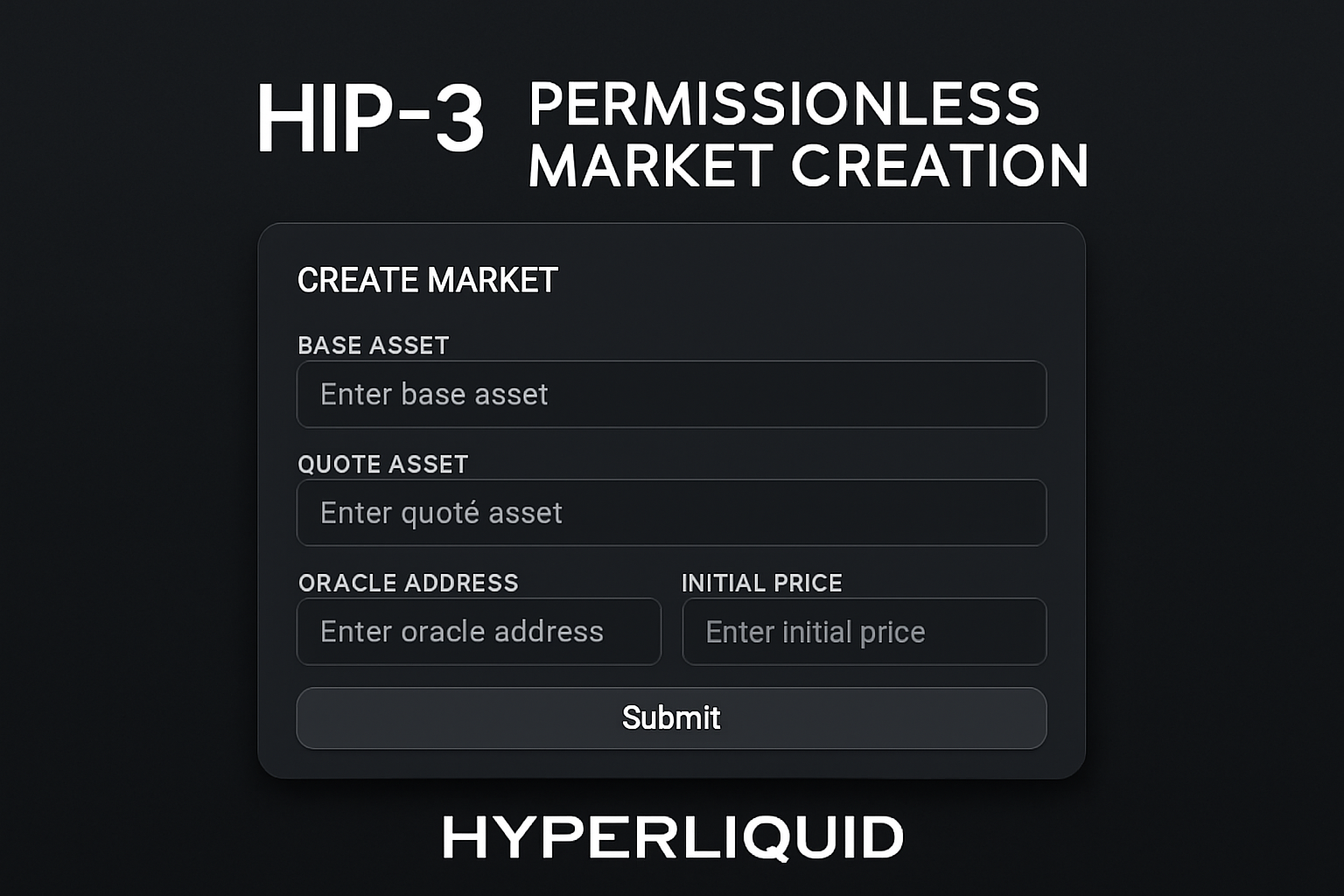
1. Permissionless Market Creation: Platforms like Hyperliquid now allow anyone to launch perpetual futures markets by staking 500,000 HYPE, eliminating the need for centralized approval and enabling rapid innovation in tradable assets.
-
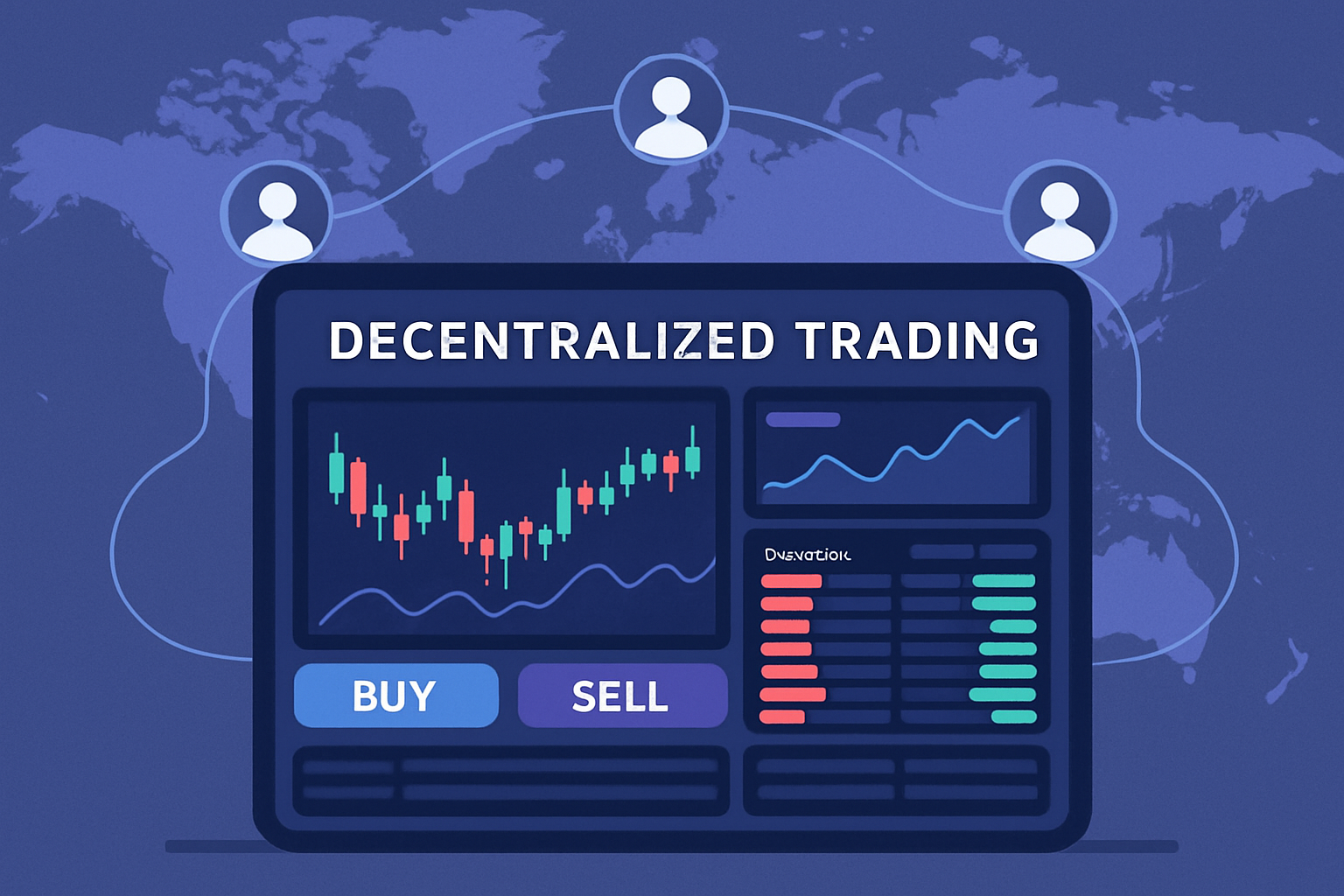
2. Enhanced Market Accessibility: Traders can access a diverse range of markets—including crypto, stocks, commodities, and prediction markets—directly on-chain, without geographic or institutional barriers.
-
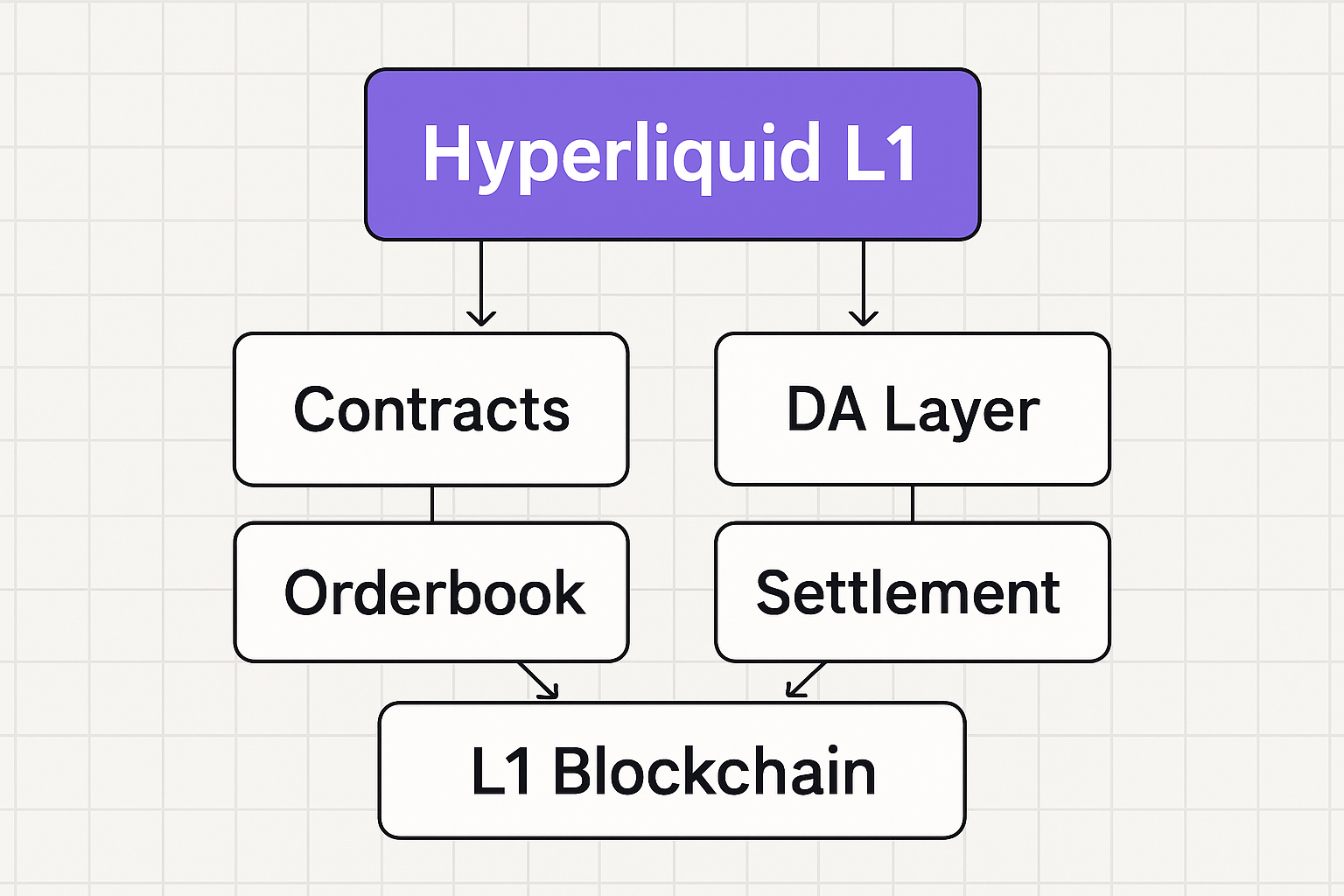
3. High-Performance Trading Infrastructure: Hyperliquid’s Layer 1 blockchain and HyperBFT consensus deliver sub-second finality, gas-free trading, and deep liquidity, rivaling the speed and efficiency of centralized exchanges.
-
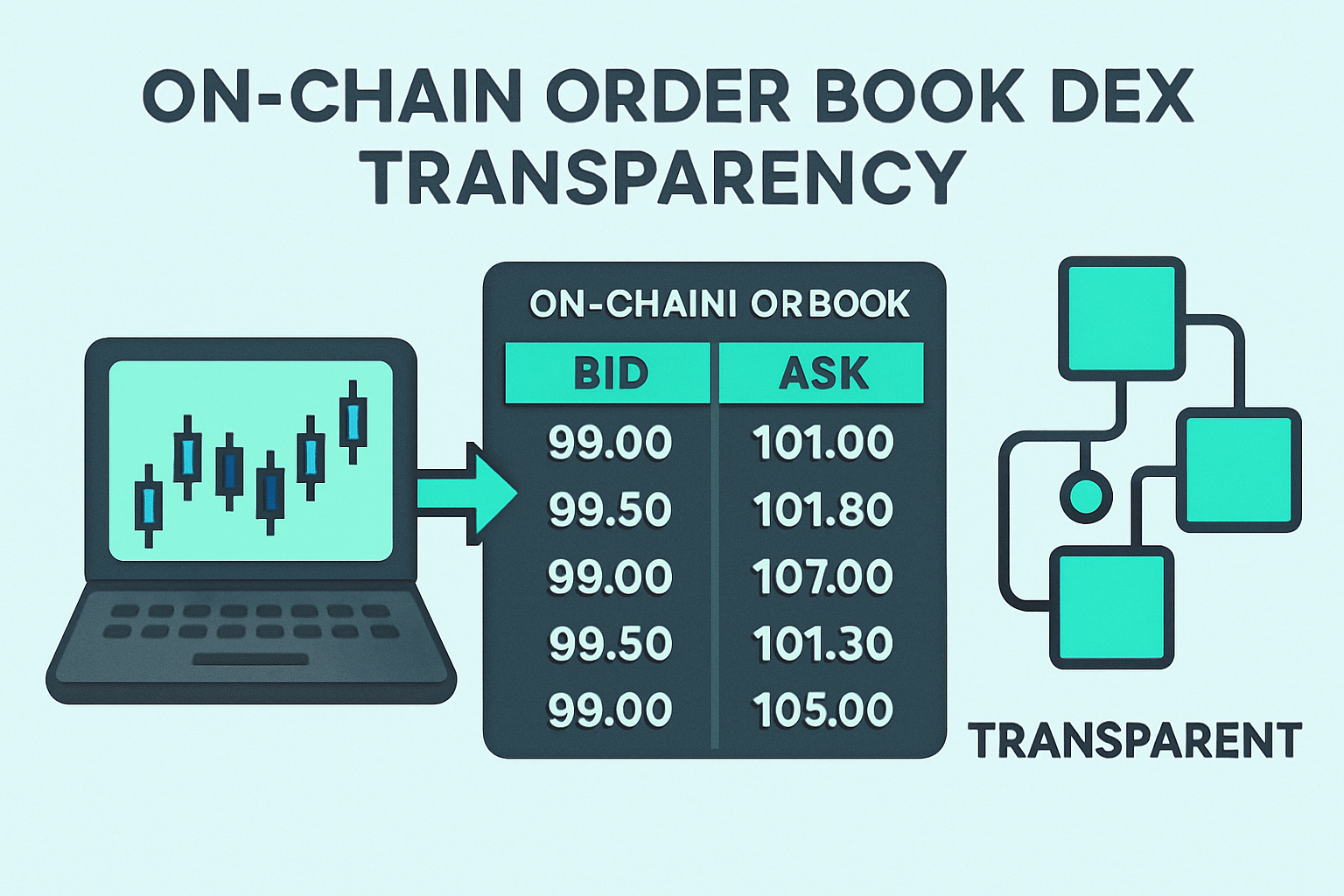
4. Transparent and Secure Trading: On-chain order books and community-owned liquidity pools provide full transparency and reduce counterparty risk, giving users confidence in trade execution and fund safety.
-
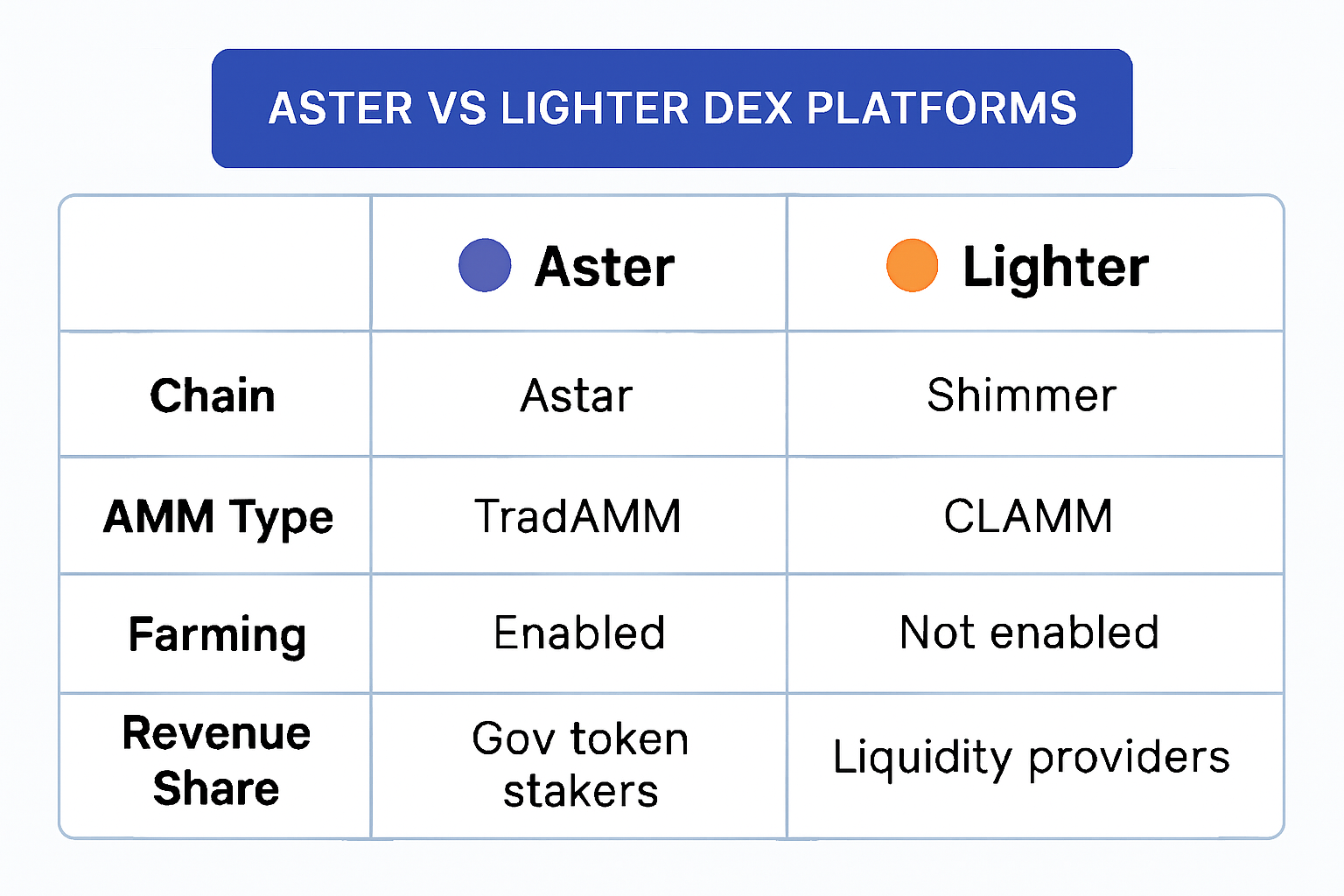
5. Fostering a Competitive Ecosystem: The rise of permissionless perp DEXs has spurred competition, with major players like Aster and Lighter challenging incumbents and driving continuous innovation in the DeFi space.
-
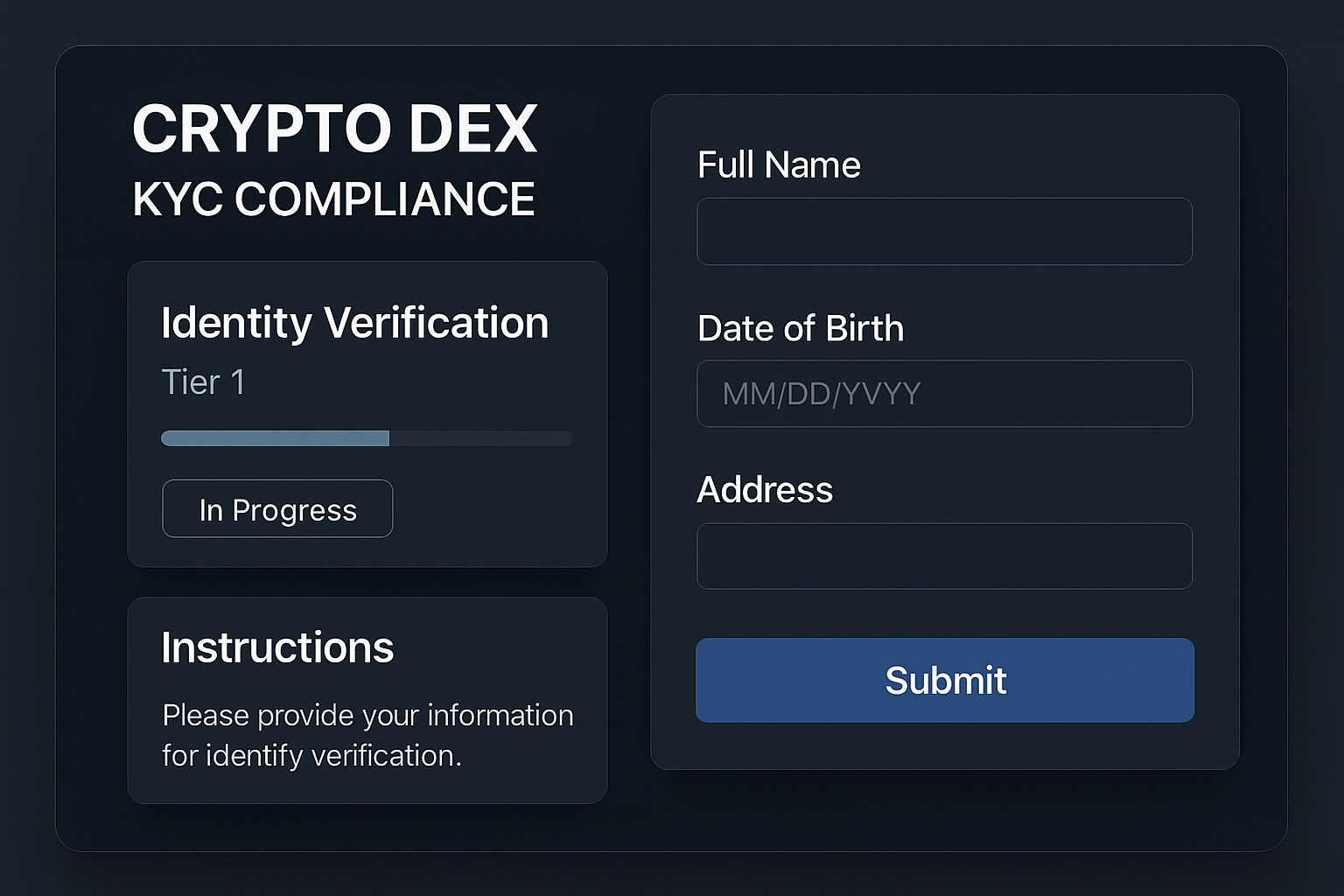
6. Flexible Regulatory Approaches: Platforms such as Hyperliquid offer optional KYC for institutional users while preserving anonymous access, balancing regulatory compliance with decentralization.
Regulatory and Security Considerations
Permissionless innovation comes with its own set of challenges. Regulatory compliance remains a gray area, as decentralized platforms must balance open access with evolving legal standards. Hyperliquid is navigating this by offering optional KYC for institutional partners, while still allowing anonymous participation for individual traders. Security is also paramount; the protocol’s on-chain transparency and community-owned liquidity pools provide robust defenses, but the open listing process means due diligence is more critical than ever.
For traders and market creators, the permissionless model means both opportunity and responsibility. Anyone can propose and launch a new market, but the onus is on the community to assess risks, monitor for manipulation, and ensure ongoing liquidity. This new paradigm demands a more sophisticated, self-regulating user base, yet it also empowers participants to shape the ecosystem in real time, without waiting for centralized approval.
Looking Ahead: The Future of On-Chain Perpetuals
Permissionless perp DEXs like Hyperliquid are not just a technical upgrade, they are a philosophical shift for decentralized finance. By enabling anyone to create markets on-chain, these platforms unlock new strategies for traders, from hedging macro events with custom synthetic perps to speculating on emerging narratives before they hit mainstream exchanges. The pace of market innovation is now directly tied to user creativity and capital allocation, not the policies of a centralized listing committee.
Adoption is still early, but the trajectory is clear: decentralized trading is moving toward greater inclusivity, faster market cycles, and more granular exposure to global assets. As competitors like Aster and Lighter push the envelope, expect further advancements in liquidity mechanisms, cross-chain interoperability, and user interface design. For those seeking to understand how low-latency, gas-free trading is shaping the next generation of decentralized perp DEXs, this resource offers a comprehensive overview.
What does this mean for crypto trading volume trends? With more assets available and fewer barriers to entry, trading activity is likely to become more fragmented but also more dynamic. Niche markets, synthetic stocks, and even event-driven perps could see surges in volume as communities rally around new opportunities. For professional traders, the ability to move quickly into uncharted territory is a clear edge, provided they manage risk and liquidity accordingly.
Would you stake 500,000 HYPE to launch your own perpetual market on Hyperliquid?
With Hyperliquid’s new HIP-3 upgrade, anyone can now create a custom perpetual futures market by staking 500,000 HYPE. Would you take this step to launch your own market? Share your view!
Ultimately, the rise of permissionless perp DEXs is about more than just technology or market share. It’s about returning agency to users, enabling rapid experimentation, and building financial infrastructure that is open by default. For those willing to adapt, the new era of decentralized trading innovation is just beginning.




